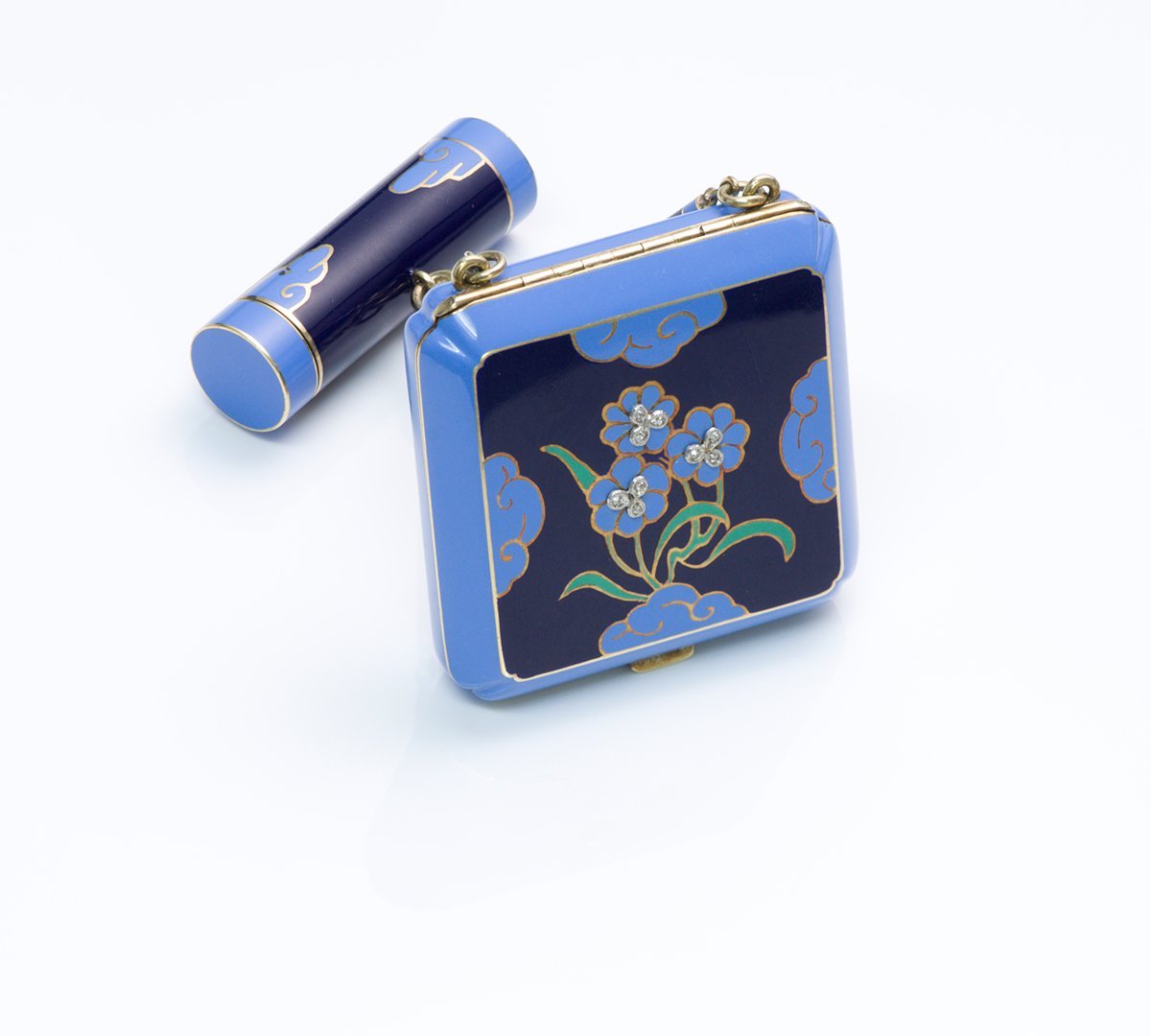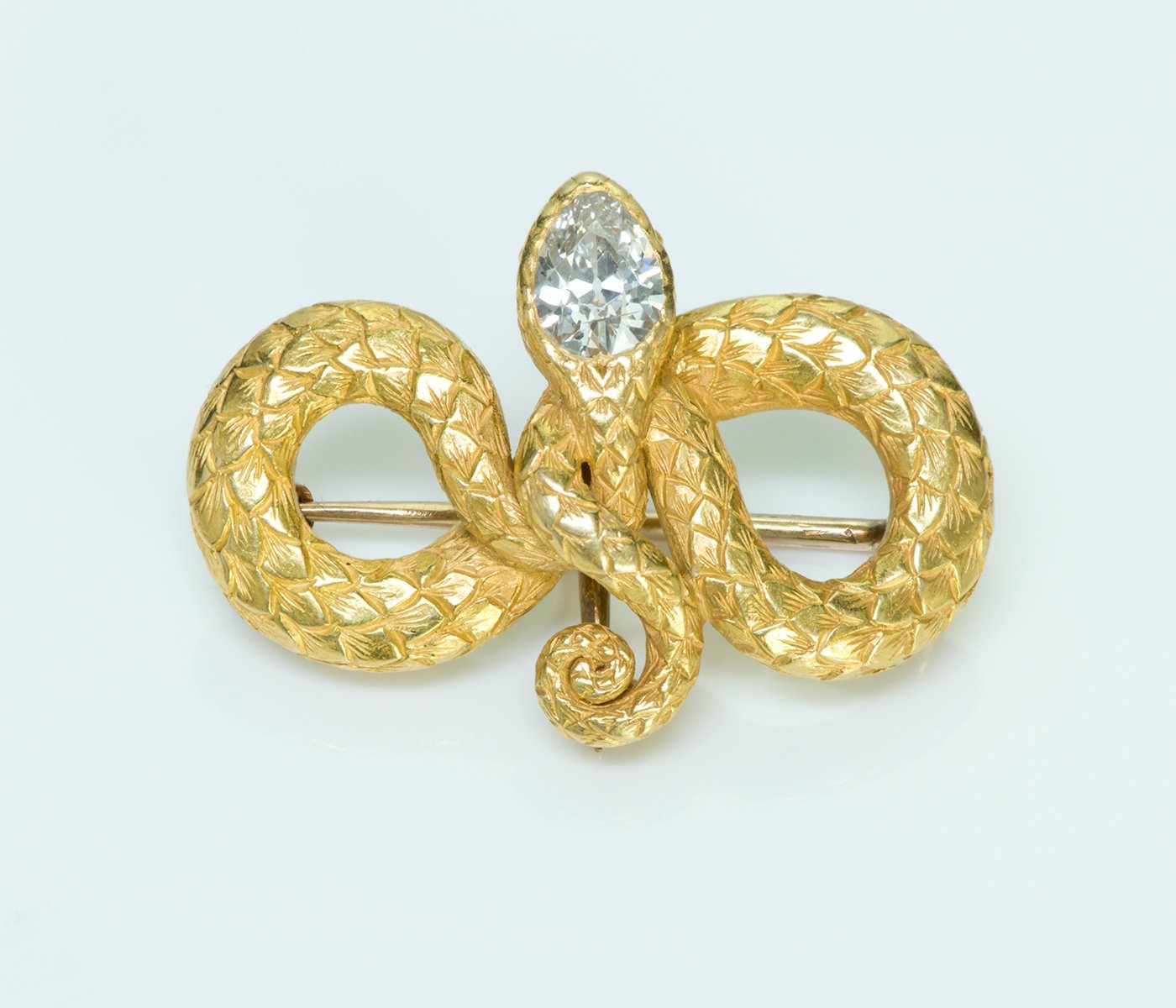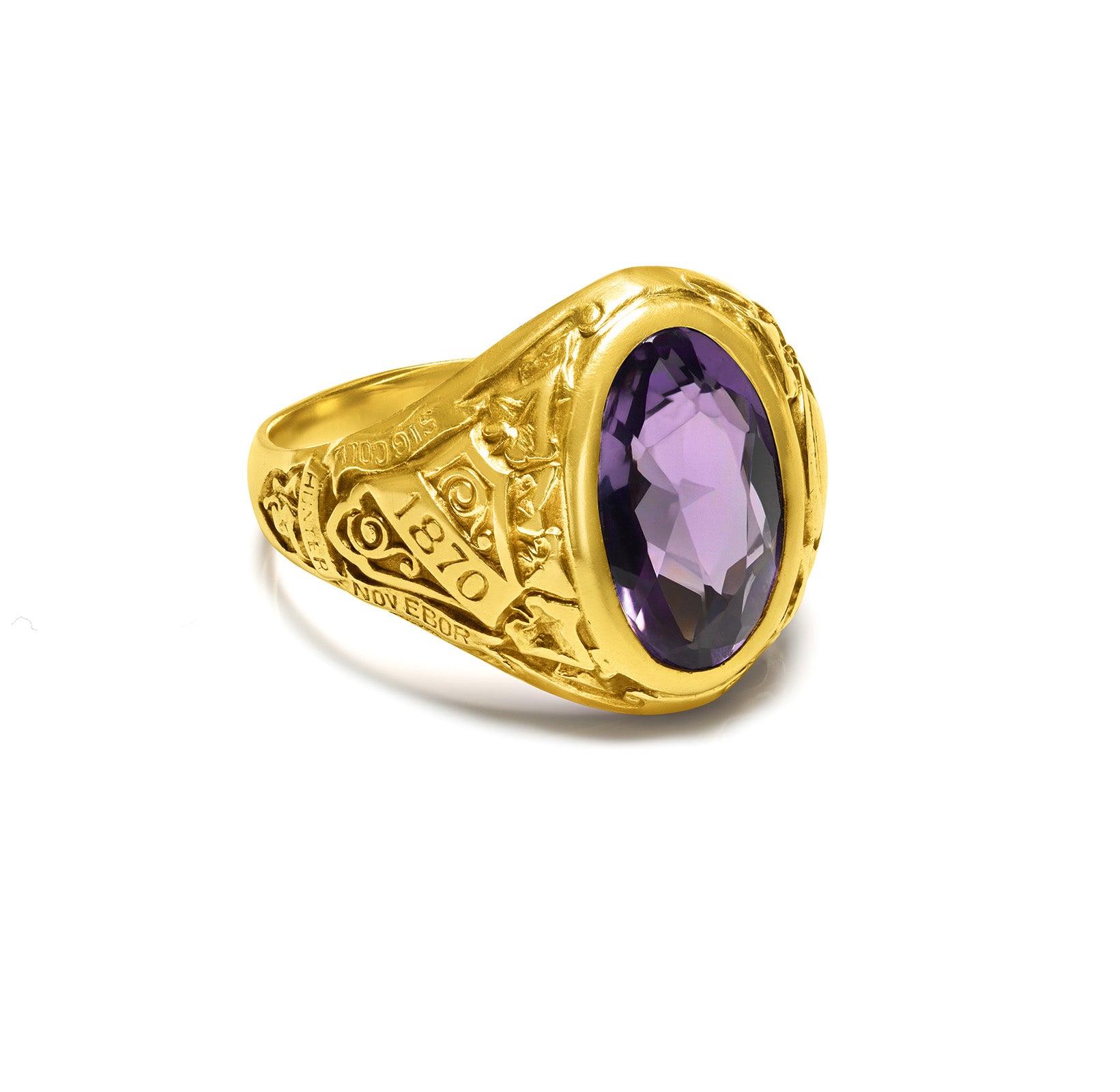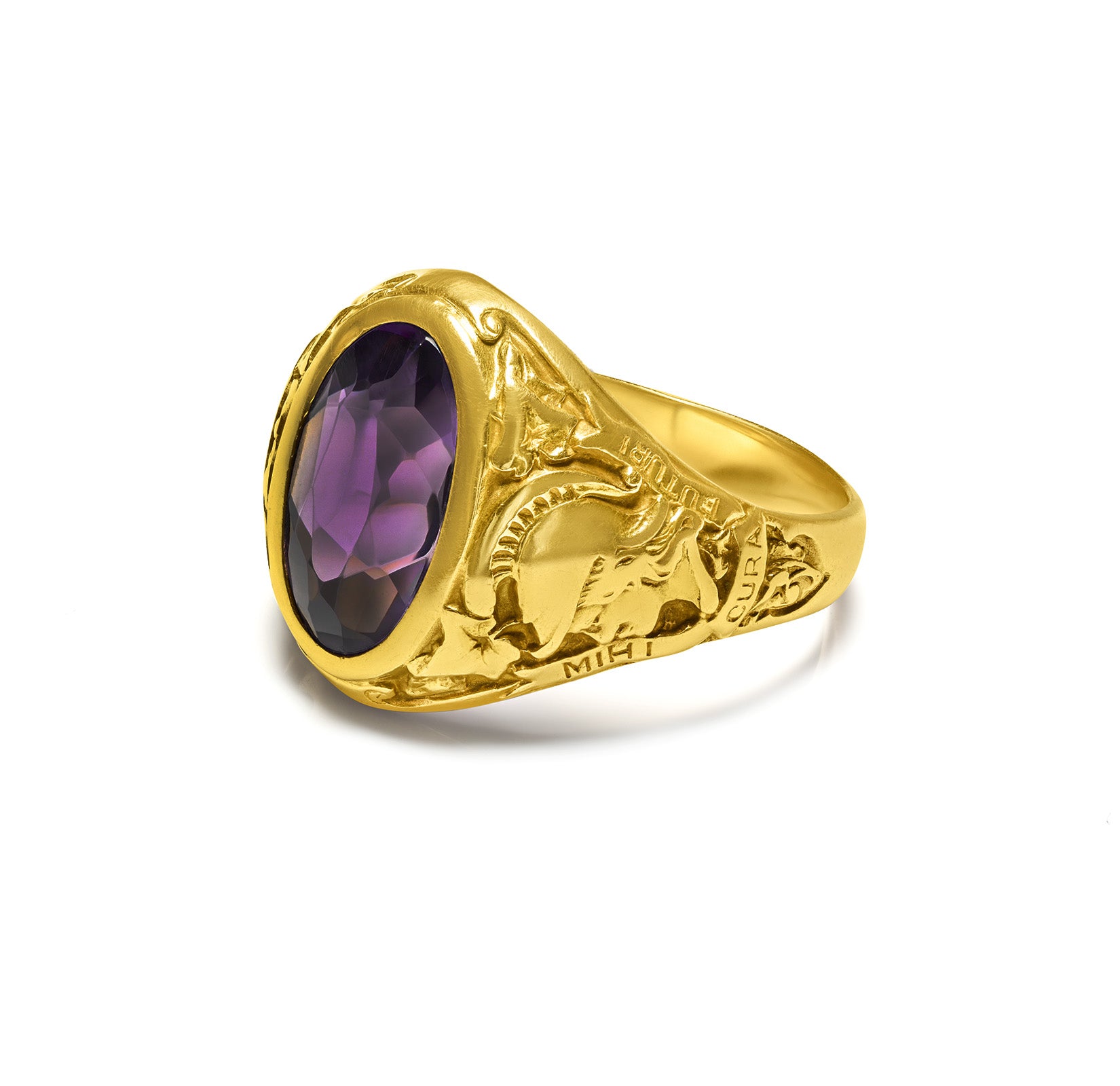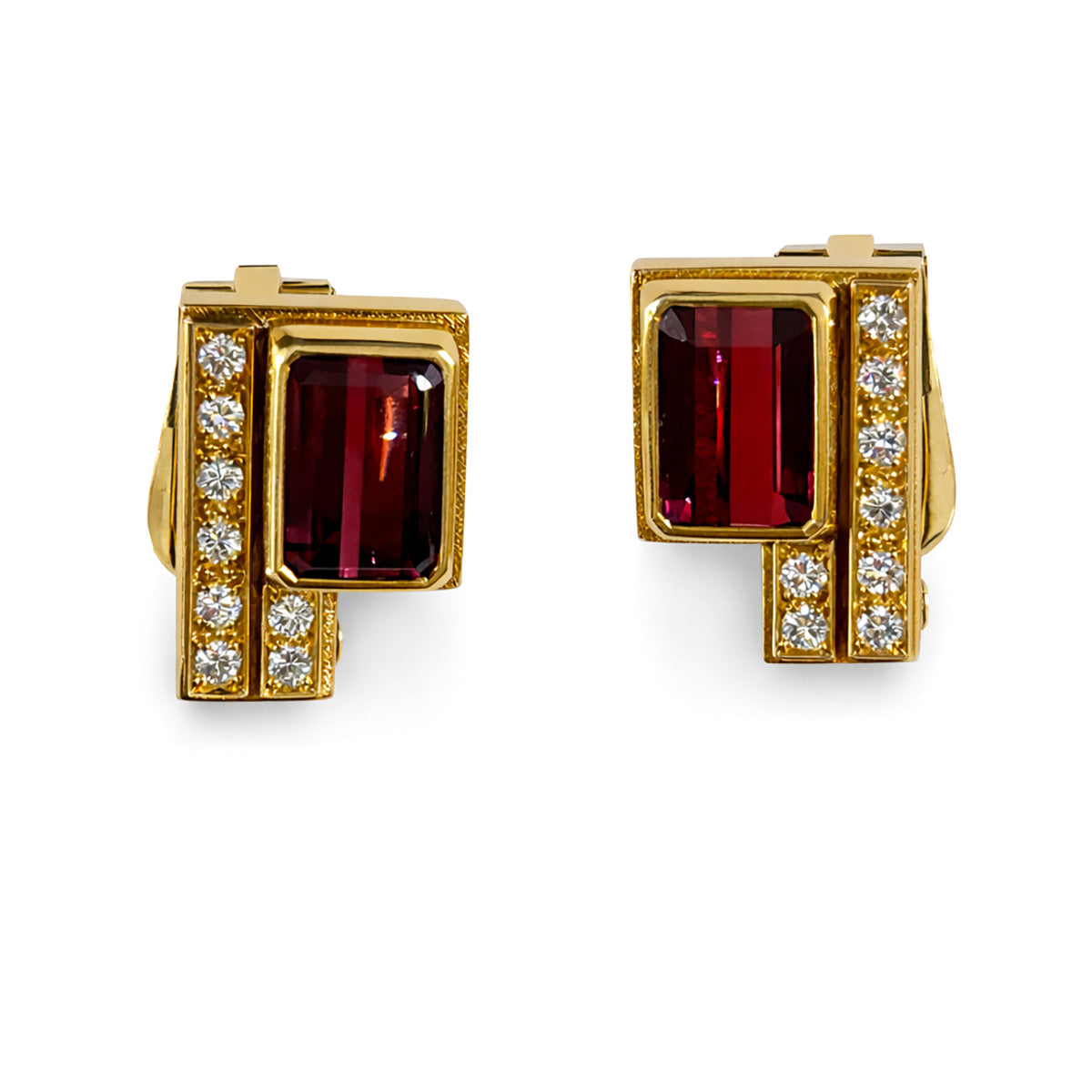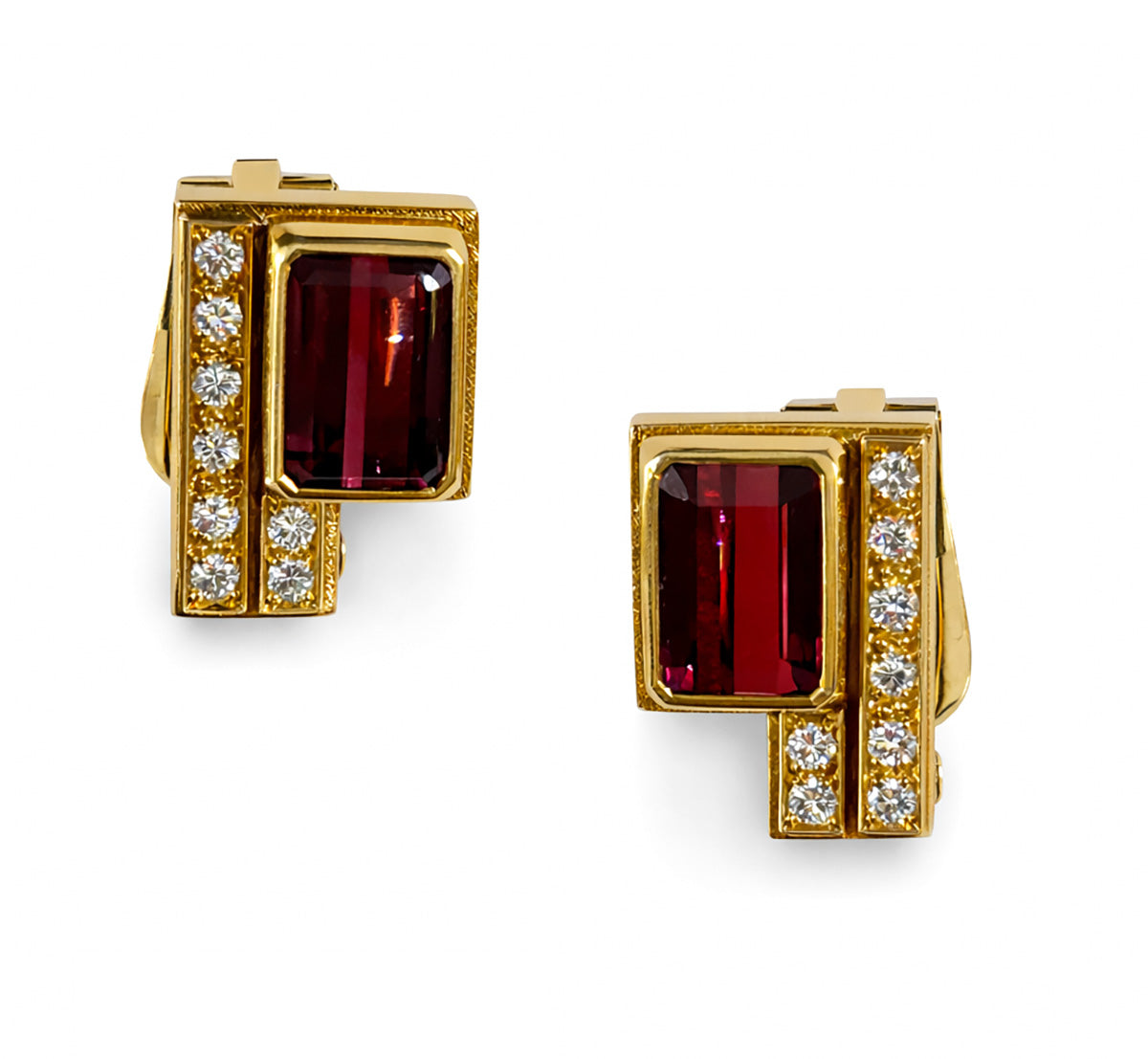Tiffany & Co jewelry has become synonymous to innovative design approach and the legacy of using only the very best gemstones, from diamonds to stunning selection of colored gemstones introduced to the world by Tiffany’s jewelers. Colored gemstones played a major part in establishing Tiffany’s as a reputable manufacturer on the world’s jewelry arena. Today we want to take a look at three extraordinary beautiful precious gems and the stories surrounding the rare stones you’ll see in magnificent vintage Tiffany jewelry pieces.
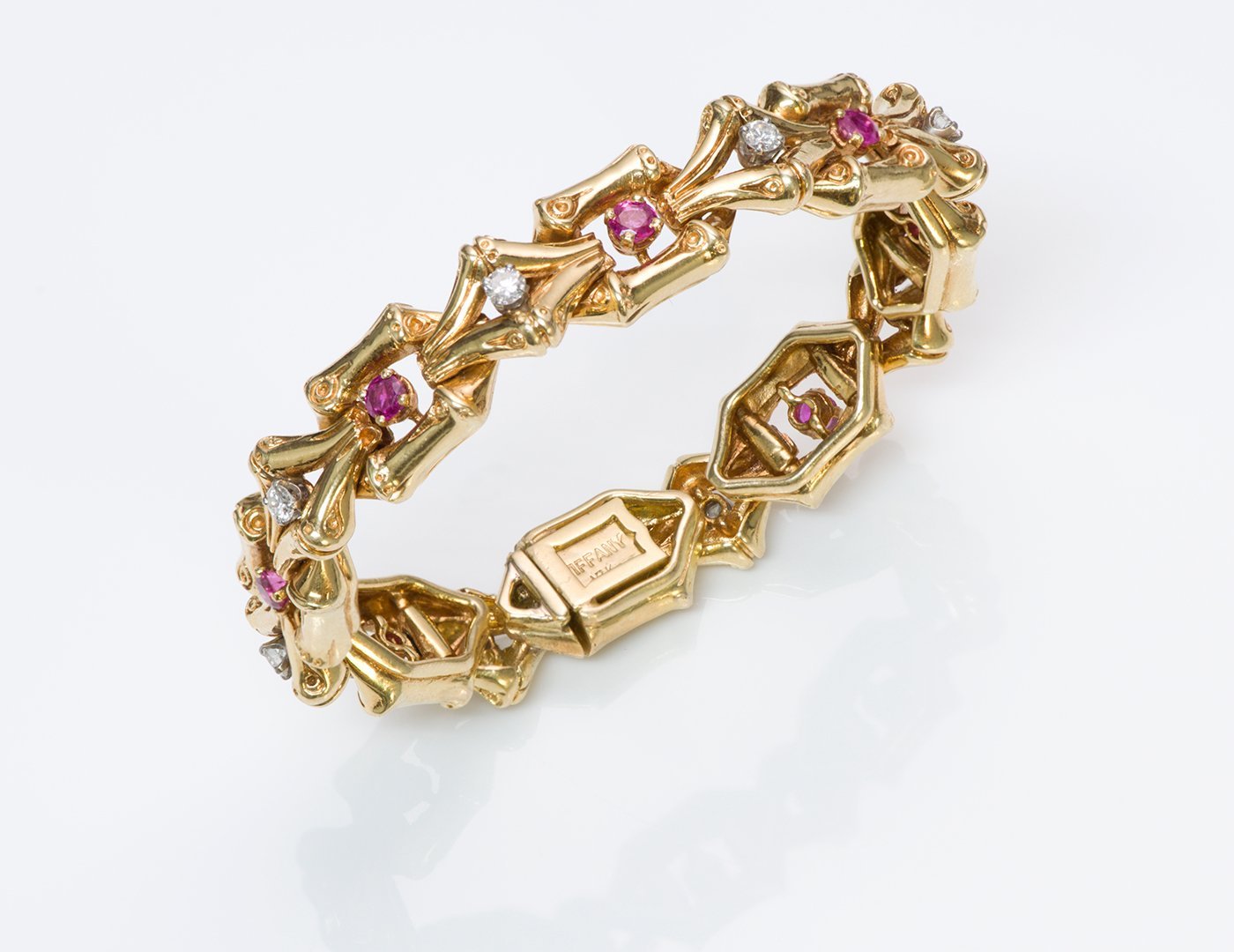
Vintage Tiffany Jewelry: Meet Three Extraordinary Precious Gems
Tourmaline Pushes Jewelry Design Boundaries
Prior to 1950s and 1960s, colored gemstones were not commonly used by American jewelry industry. One day in 1876 a young gemologist, Dr. George Frederick Kunz presented an exceptional quality tourmaline to the company's founder Charles Lewis Tiffany. Mr. Tiffany was impressed with the rare beauty and the stunning color of the gemstone and decided to purchase the stone.
Charles Tiffany had a legendary entrepreneurial eye. He took a note of the young gemologists and his out-of-the-box thinking. Despite the fact that Kunz didn’t have any formal education and was self-taught, Tiffany & Co founder offered him a job. Little did Frederick Kunz know how soon his life would turn into an adventurous and full of rewards quest for the most extraordinary gemstones that became Tiffany’s legacy.
Exotic Yellow Beryl From Sri Lanka (Ceylon)
The treasures unearthed by intrepid globetrotter Frederick Kunz formed the world’s greatest collection of gemstones. For example, the beryl are now known to be found in almost every hue: The green colored beryl gems are called Emerald or Green Beryl, the gems in light-toned greenish blue are called Aquamarine, and the yellowish orange are often called Golden Beryl. The name beryl is believed to come from Ancient Indian language Sanskrit word 'veruliya', a term used for Chrysoberyl, from which the Greek word beryllos, meaning a "precious blue-green color-of-sea-water stone." Beryl is thought to promote courage and confidence.
Kunz named the stunning yellow Sri Lanka’s beryl among his top most favorite gemstones. Sri Lanka's jewelry history dates back some 3,000 years and it ranks among the top 10 geographical locations for gems and jewelry. The yellow beryl could be seen set in the whole range of jewelry pieces, including even engagement rings that traditionally call for diamonds and rarely include colored accents.
A Gem That Is “Something Between a Pink Topaz, a Pink Sapphire And a Very Light Amethyst”
The story of this, now famous Tiffany gem, is truly a story of a humble and almost fairytale-like beginning. In 1902, a discovery of a new gem variety of the mineral spodumene, was made by Tiffany’s gemologists team, led by Kunz. The discovery was made in the Pala District of San Diego County in California. Before this discovery the gem was considered so rare as to be almost extinct.
As a result of Kunz’s quest the gem’s new, distinct variety, shimmering in a delicate shade of lilac, was made and the stone was was named after Kunz. Kunzite’s association with Tiffany didn’t end there and in 1905 Kunzite appeared for the first time in Tiffany & Co.’s Blue Book. Later that year it was named “the most popular jewel,” and its price could range as high as price of diamonds or emeralds.



